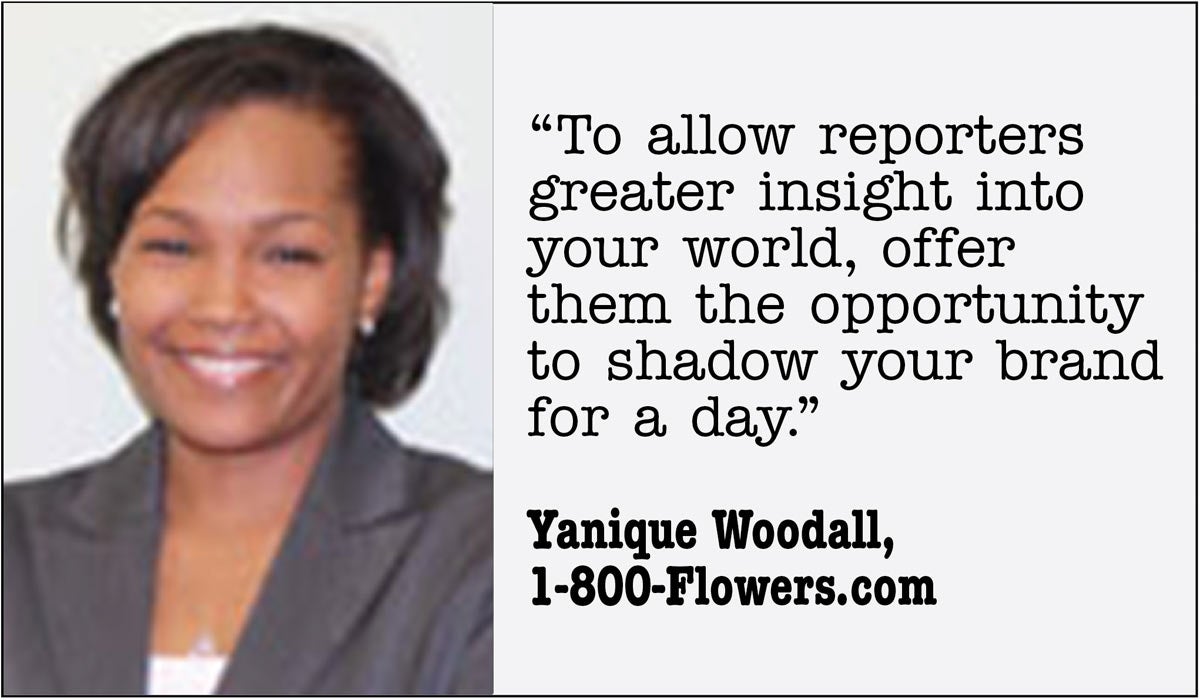When rumors emanated from South by Southwest in Austin last week that CNN was in talks to buy social media news site Mashable for $200 million-plus, media pundits were saying that the established multi-platform news network is trying to get cool and hip—and closer to the Silicon Valley start-up scene.
If the chatter among the digital denizens at SXSW comes true (see the Cheat Sheet for more concrete PR learnings that came from Austin), not only will CNN have a younger demographic to tap into, but also a different breed of journalist and journalism along with it. The stories on Mashable are not your typical hard tech news pieces. There are lots of lists, social media tips and trend stories. And Mashable isn’t comprised of a bunch of grizzled veteran journalists—its reporters come with a different skill set and point of view. And should the deal become reality, some of those Mashable reporters might be asked to cover completely unfamiliar beats as veterans get reassigned.
Which gets us to a wider but related media relations topic: How should a PR pro work with a journalist who is new to his or her beat?
 |
This is a media trend that’s been magnified in recent years by massive layoffs at traditional media outlets. For a media relations pro like Gary Wells, senior managing director at Dix & Eaton, the changing media landscape is a situation that presents more opportunities than problems. Seeing established journalist transferred to unfamiliar beats due to downsizing, or fresh-out-of-college reporters hired for positions at top-tier publications, is a familiar occurrence, says Wells. These journalists do require more hand-holding, but they have a curiosity that ultimately can be a big plus.
“This is a great opportunity for us to establish a good relationship with these reporters, who I find to be as open and receptive as any generation of reporters in the past,” says Wells.
And why are they so eager to work with PR? “They’re under pressure like never before to deliver spot-on stories to their editors,” says Wells.
And in turn, those editors might be surrounded by a team of reporters unfamiliar with key players on their beats, like CEOs. Wells says editors are asking their reporters to speak with media relations specialists, who will introduce them to the industry they’re covering and the key players.
Wells finds that it’s much easier to converse with a reporter who is green to a beat. “You can tell them, ‘you can do this story but it’s the wrong story. Here is the real story,’” says Wells, who adds that it’s much easier to change the opinions of a reporter unfamiliar with the territory.
But the conversation isn’t just one-way, says Wells. He’s learned a lot from talking to a new generation of reporters, who have a fresh views and story angles on a variety of topics.
BEAT INDOCTRINATION
Meanwhile, Laura Kane, VP of corporate communications at insurance company Aflac, hasn’t noticed much of a journalist changing-of-the-guard in the financial services space, but she has noticed more senior journalists who cover Aflac bringing along cub reporters. “These reporters are younger and much more knowledgeable about social media,” says Kane.
New reporters of any age have sit-downs with the Aflac communications team, investor relations and management staff. “We spend a lot of time building that personal relationship,” says Kane. “For the most part older reporters love it, and the younger ones aren’t sure they see the value in it.” But eventually, Kane says, they do come around.
Kane does say the financial services beat presents different challenges for less experienced reporters. “I look at Huffington Post, Mashable and the Daily Beast, and it’s a different world,” says Kane. “Their reporters think and write in sound bites. The financial beat can be very complex, and sound bites are difficult.”
 |
Yanique Woodall, VP of enterprise public relations at 1-800-Flowers.com, also believes in the careful nurturing of reporters new to an industry or beat. Woodall offers three tips to further the media relations/journalist relationship:
• Make sure you stay abreast of the new reporters who are joining publications, and track their career histories to see how familiar they are with your company or client.
• Ensure that new reporters have a direct contact within your communications team that they can speak with at any time as an industry resource (even if it is not in reference to your client, as this helps build the relationship).
• “To allow reporters greater insight into your world, offer them the opportunity to shadow your brand for a day,” suggests Woodall.
Perhaps the best thing a media relations specialist can do is face reality, says Wells. “If you’re used to dealing with old-school journalists who know immediately if a story has value, those days are gone,” says Wells.
Whether a new reporter on your beat is 22 or 55, you have to work with them—and it’s up to you to build a relationship that create opportunities for the journalist and for your brand. PRN
[For more content about media relations, visit PR News’ Subscriber Resource Center.]
CONTACT:
Gary Wells, [email protected]; Laura Kane, [email protected]; Yanique Woodall, [email protected].
Follow Scott Van Camp: @svancamp01
